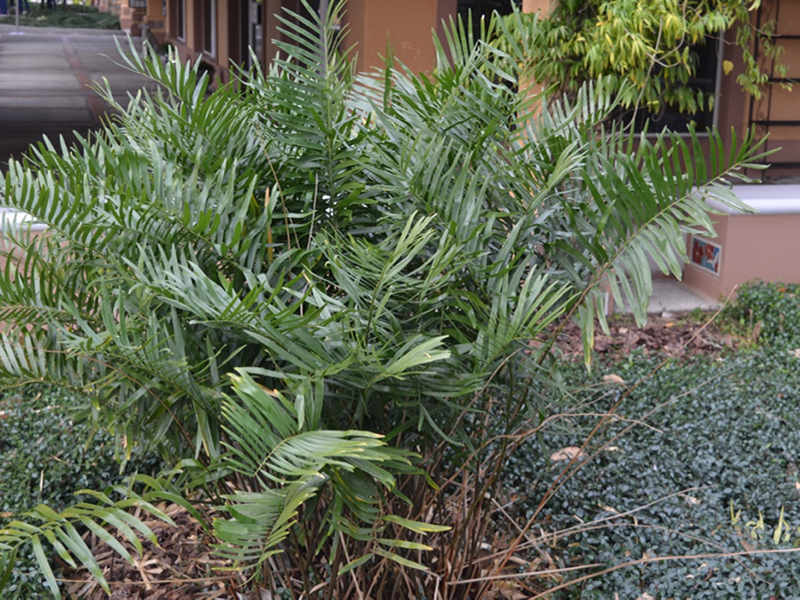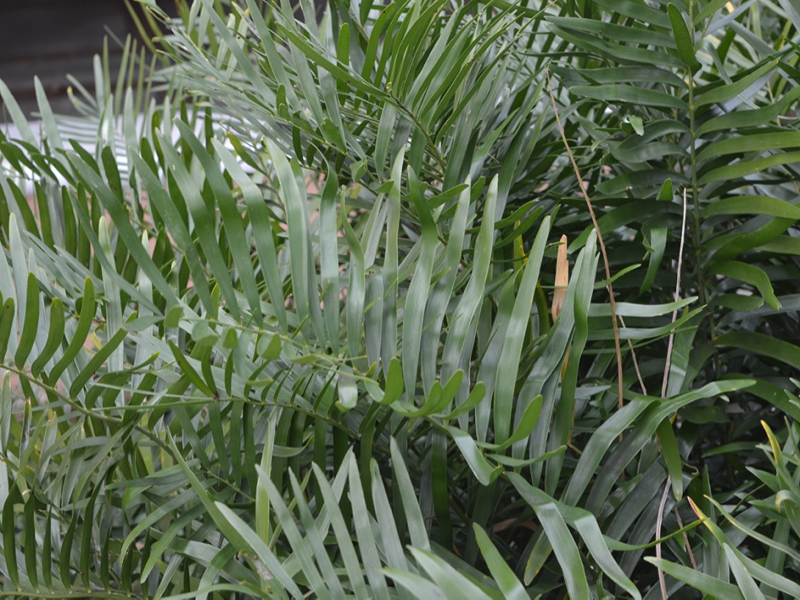Zamia pumila (Coontie, Florida Arrowroot)
Botanical Information
| Family | Zamiaceae |
| Genus | Zamia |
| Species | pumila |
| Category | Perennials, Tropicals |
| Type | Shrub (evergreen) |
| Origin | Native to central and southern Florida. |
| Ethnobotanical Uses Disclaimer | Native American tribes used the fruit and roots of Coontie for food. The starchy stems and roots were the main source of flour for many indigenous people of central and southern Florida. The roots of Coontie are toxic when taken internally, without sufficient preparation. |
Details
| USDA Hardiness Ref. | |
| Canadian Hardiness Zone | Requires cold season protection under glass. |
| Canada Hardiness Ref. | |
| RHS Hardiness Ref. | |
| Height | Trunk grows to 3–25 cm high, The leaves are 60–120 cm |
| Flowering Period | July, August |
Description and Growing Information
| Propagation | Can be propagated from seed. |
| Cultivation | Grow best with some shade to full sun and grows on a well-drained soil with a light, organic cover. |
| Notable Specimens | Bok Tower Gardens, Lake Wales, Florida, United States of America. |
| Habitat | Plants grow in dry, sandy pinelands and hammocks. Rarely occurs in sandy coastal dunes. |
| Bark/Stem Description | Short, woody stem, fern-like plant is almost completely underground and produces a terminal crown of stiff. |
| Leaf Description | Dark green fronds, evergreen, pinnate leaves up to 1 metre long. |
| Flower Description | Flowers unisexual, dioecious, brown, and fleshy. |
| Fruit Description | Red to orange seed 12-13 cm long. |

